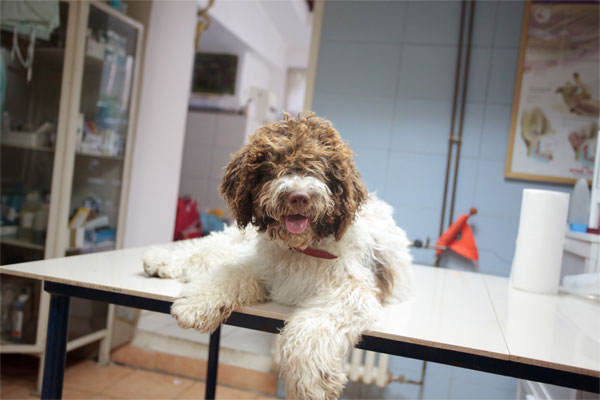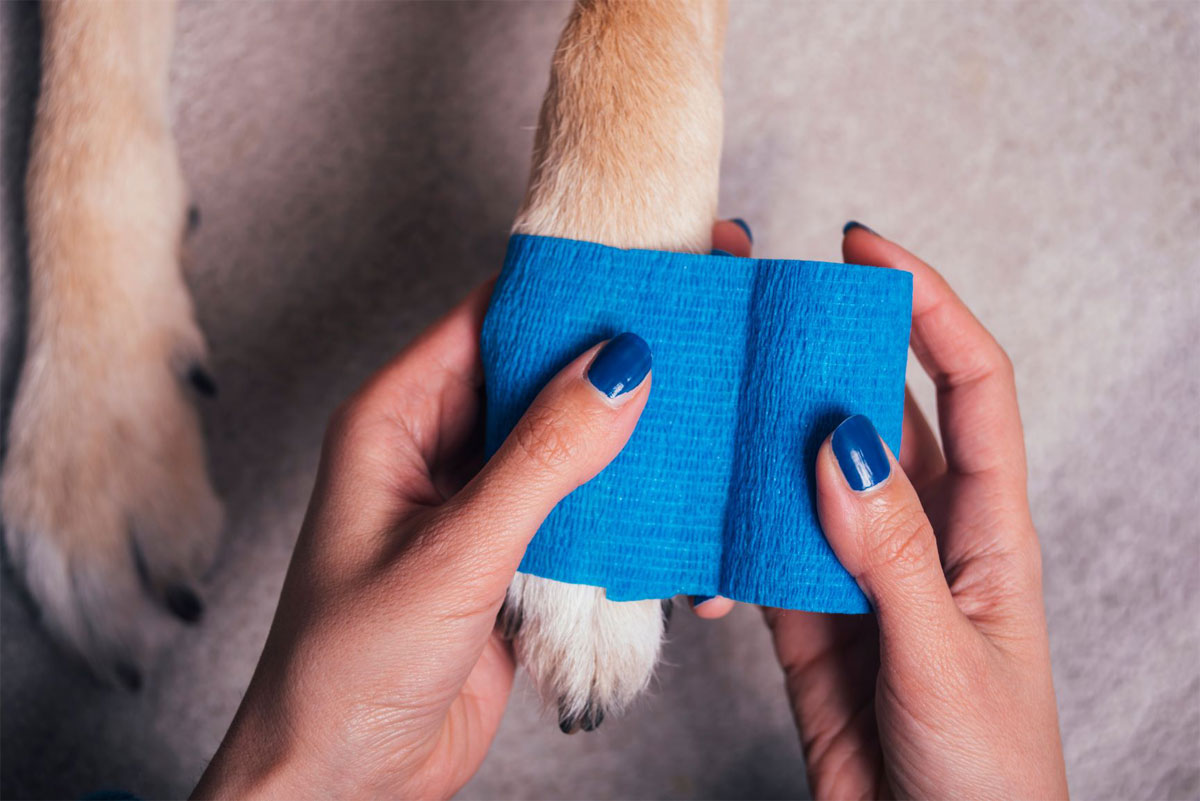
Helping your pet live a long and healthy life is important. However, sometimes our team at Bristol Veterinary Hospital needs a little bit more information to help diagnose an ailment and create an appropriate medical plan for your companion. That’s where veterinary diagnostic imaging becomes crucial.
X-Rays
Veterinary x-ray imagine is used for a variety of different reasons. While this type of diagnostic tool used to include actual film, today’s methods are much more practical and include digital imaging.
Typically, a dog is placed on the x-ray table. A special technician positions the machine so that the x-ray beam targets only the area the veterinary team needs to see. The process is totally painless, but some hyper or stressed animals might need additional sedation to reduce movement during the scan.
EKG
An electrocardiogram (EKG) for your pet is very similar to one that you might undergo at a doctor for human beings. It is a simple and non-invasive test that determines the electrical impulses generated when the heart is beating. In most cases, an EKG is used by a veterinarian to determine evidence of heart disease or other similar ailments.
Ultrasound
The third type of diagnostic imaging is ultrasound. Again, this is very similar to the process used on humans at doctor’s offices and hospitals all over the country. Pet ultrasound procedures still utilize sound waves to provide real-time imaging of the inside of an animal’s body. Just like the x-ray process, it is completely painless but some pets might require sedation.
As the second most often used veterinary imaging process, ultrasound is often used to determine the underlying causes of health issues such as weight loss, vomiting, kidney blockage, or heart disease. Results of an ultrasound are immediate and may be used to come up with an appropriate treatment plan for your pet.
Other Important Information for Pet Owners to Know
It is also important for pet owners to know that these veterinary diagnostic tools are just additional ways for our team to help understand your companion’s current health situation and make a plan for improvement. While none of these are considered invasive procedures, there are some animals that become stressed or upset during the process. Thus, sedation is sometimes required to ensure success the first time and the overall safety of our team.

In addition, many of these tools have been around in the veterinary industry for decades and are deemed completely safe. Some have even undergone the transition to digital imaging, which only enhances the ability of our team to diagnose your pet’s condition in a quick and effective manner.
At Bristol Veterinary Hospital, your pet’s health and wellness are our primary concern. For more information on our available options or to schedule an appointment, please call (603) 744-5804.

